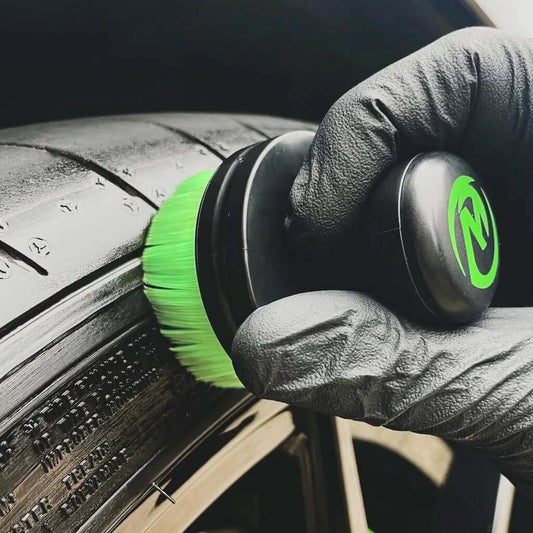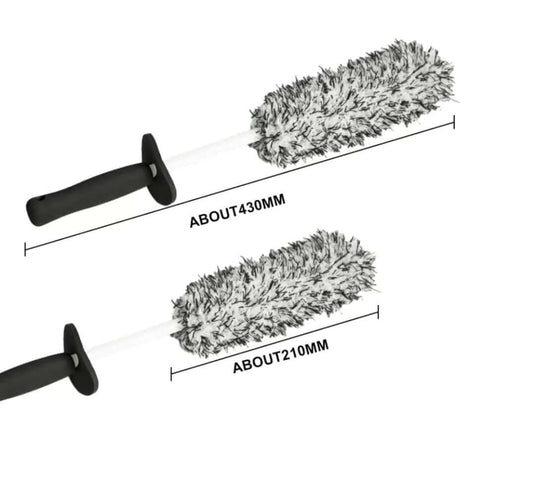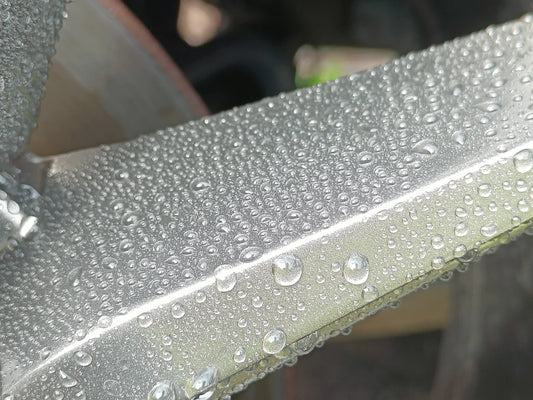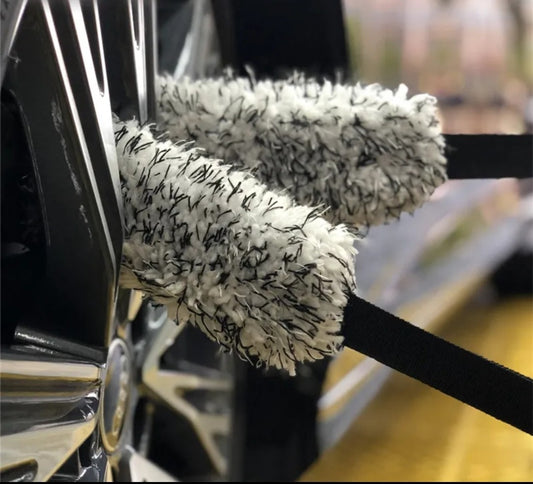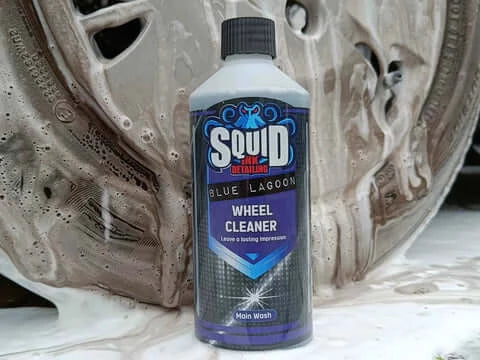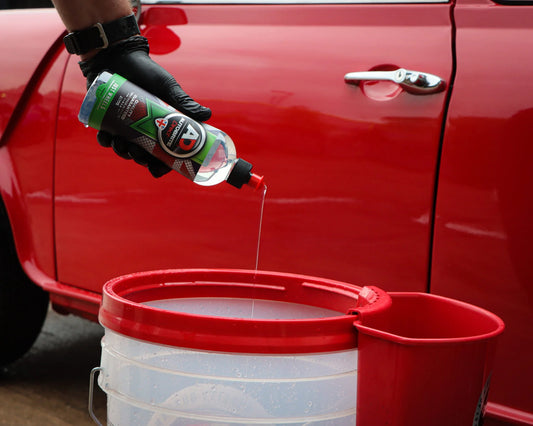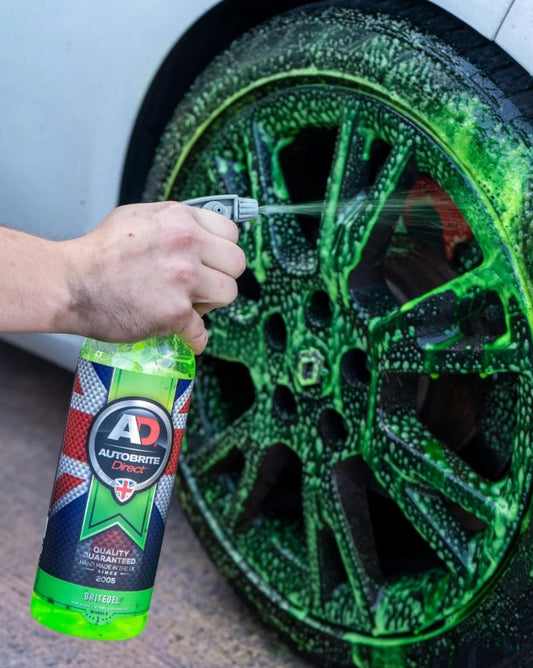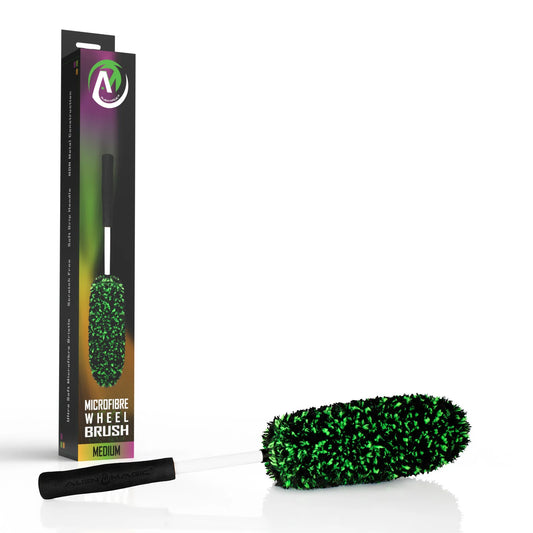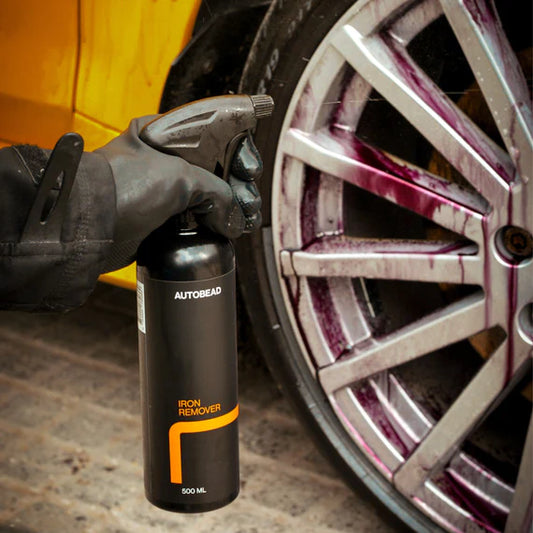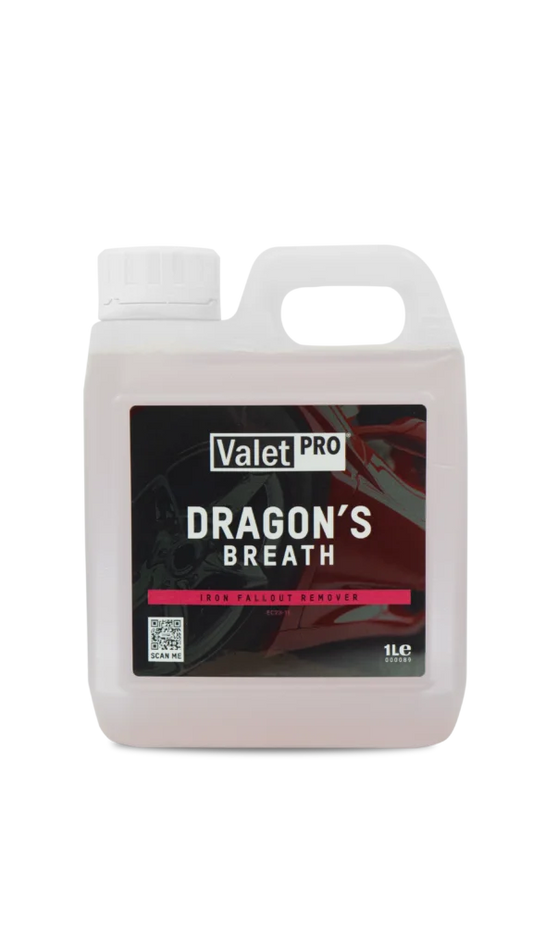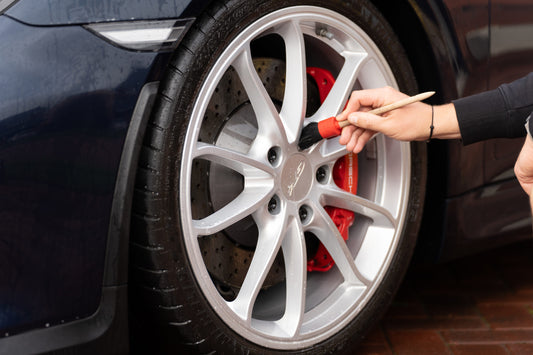Collection: Wheel Cleaning
-
Alien Magic | Tyre Shine Brush
Regular price £9.99 GBPRegular priceUnit price / per -
Becton Detailing | Microfibre Premium Wheel Woolie
Regular price £10.95 GBPRegular priceUnit price / per -
Duel Autocare | Axis Acid Free Wheel Cleaner
Regular price From £9.99 GBPRegular priceUnit price / per -
Becton Detailing | Tyre Cleaning Brush
Regular price £6.95 GBPRegular priceUnit price / per -
Squid Ink Detailing | Rim-Guard Si02 Wheel Sealant
Regular price £12.99 GBPRegular priceUnit price / per -
Infinity Wax | Incinerate Wheel Cleaner
Regular price From £9.99 GBPRegular priceUnit price / per -
Becton Detailing | Wheel Cleaning Belt
Regular price £8.95 GBPRegular priceUnit price / per -
Autobrite Direct | Acid Wheel Cleaner 500ml
Regular price From £9.00 GBPRegular priceUnit price / per -
Squid Ink Detailing | Blue Lagoon Wheel Cleaner V2 500ml
Regular price £11.99 GBPRegular priceUnit price / per -
Angelwax | Bilberry Superior Automotive Wheel Cleaner RTU 500ml
Regular price £9.95 GBPRegular priceUnit price / per -
Autobrite Direct | Just Wheels Concentrated Wheel Shampoo
Regular price £10.00 GBPRegular priceUnit price / per -
Autobrite Direct | Britegel Gel Based Wheel Cleaner 500ml
Regular price £11.00 GBPRegular priceUnit price / per -
Alien Magic | Microfibre Wheel Brush
Regular price From £14.99 GBPRegular priceUnit price / per -
Autobead | Iron Remover
Regular price £10.95 GBPRegular priceUnit price / per -
ValetPRO | Dragons Breath
Regular price From £12.60 GBPRegular priceUnit price / per -
Dat Wax | Zero Acid Wheel & Tyre Cleanser
Regular price £12.00 GBPRegular priceUnit price / per
Wheel cleaning is an important aspect of car maintenance that involves cleaning and maintaining the wheels and rims of your vehicle. Wheels are exposed to various contaminants such as brake dust, road grime, dirt, and grease, which can accumulate over time and negatively impact both the appearance and performance of your car. Proper wheel cleaning not only keeps your wheels looking great but also helps to prevent corrosion and damage.
Here's a step-by-step guide to effectively clean your car's wheels:
Materials You'll Need:
- Wheel cleaner (acid-free and safe for your wheel type)
- Wheel brush (soft-bristle)
- Detailing brushes (various sizes for crevices and hard-to-reach areas)
- Microfiber towels
- Bucket of water
- Hose or pressure washer (optional)
- Wheel protectant or wax (optional, for added protection)
Steps:
- Cool Down: Ensure that your wheels are cool to the touch before you start cleaning. Cleaning hot wheels can cause cleaners to evaporate quickly, making the process less effective.
- Rinse: If you have a pressure washer or hose, start by rinsing the wheels to remove loose dirt and debris. This initial rinse helps to loosen some of the surface contaminants.
- Apply Wheel Cleaner: Spray a suitable wheel cleaner onto the wheel's surface. Choose a cleaner that is safe for your specific wheel type (alloy, chrome, painted, etc.). It's best to use an acid-free cleaner to avoid any potential damage.
- Let Dwell: Allow the wheel cleaner to dwell for a few minutes. This dwell time allows the cleaner to break down and loosen brake dust and other contaminants.
- Scrub: Use a soft-bristle wheel brush to agitate the cleaner and remove stubborn dirt and brake dust. Pay attention to the inner rim, spokes, and other intricate areas. For hard-to-reach areas, use smaller detailing brushes.
- Rinse Thoroughly: Rinse the wheels thoroughly with clean water. A pressure washer or hose can help remove the loosened dirt and cleaner effectively. Make sure to rinse off all the cleaner to prevent any residue.
- Inspect and Repeat (if necessary): Check the wheels to ensure that all dirt and contaminants have been removed. If you notice any remaining spots, you might need to repeat the cleaning process.
- Dry: Use clean microfiber towels to dry the wheels. This helps prevent water spots and allows you to inspect the surfaces closely.
- Optional: Apply Wheel Protectant/Wax: If desired, you can apply a wheel protectant or wax to the wheels to provide a layer of protection against brake dust and contaminants. Follow the product's instructions for application.
- Reassemble: If you removed any wheel covers, center caps, or lug nuts during cleaning, reassemble them securely.
Regular wheel cleaning is essential to maintain the overall appearance of your car and prevent damage to the wheels. Depending on driving conditions and the environment, you might need to clean your wheels more frequently. Remember to choose the right products and tools for your wheel type and finish to ensure safe and effective cleaning.
SUBSCRIBE TO OUR EMAILS
Be the first to know about new collections and exclusive offers.

